About 100 million years ago, Earth looked completely different. With no humans, some scary animals were ruling over this planet. Dinosaurs. Dinosaurs were so big, that they were taller than buildings. With jaws so strong, that they could have crushed your bones within a second. They were so fast, that they ran at around the speed of 90 km/hr. They were truly fear-arousing creatures. They ruled over Earth for more than 170 million years.
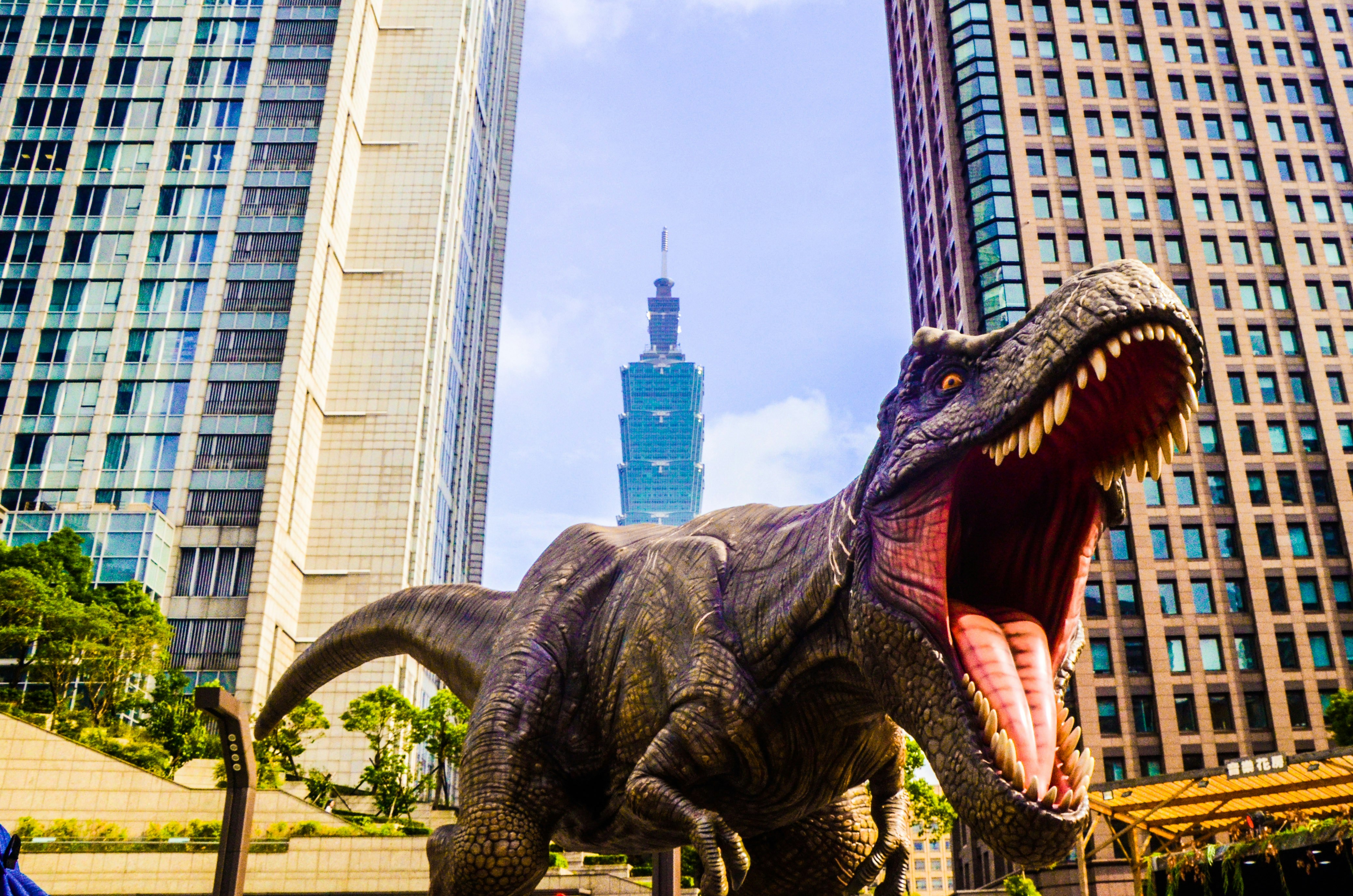
But then one day, something happened that completely wiped them off the planet. What exactly happened? And how? Come, let’s understand this in today’s blog.“As it gets closer to the planet, Earth’s gravitational pull gets stronger.” “They now can’t see what’s headed their way.” Friends, the word ‘Dinosaur’ originated from Greek. From the words Denios and Sauros. Denios means Terrible. And Sauros means Lizard. A terrible lizard. This literally is the meaning of the word dinosaur. The first time the word “dinosaur” coined was in 1841. When the fossil of a dinosaur was discovered in that time, the British scientist named Richard Owen used the term dinosaur. People at that time did not have much more knowledge about dinosaurs or their appearance. So the initial drawings of how dinosaurs are quite different from now a days. It was among the earliest fossils found.
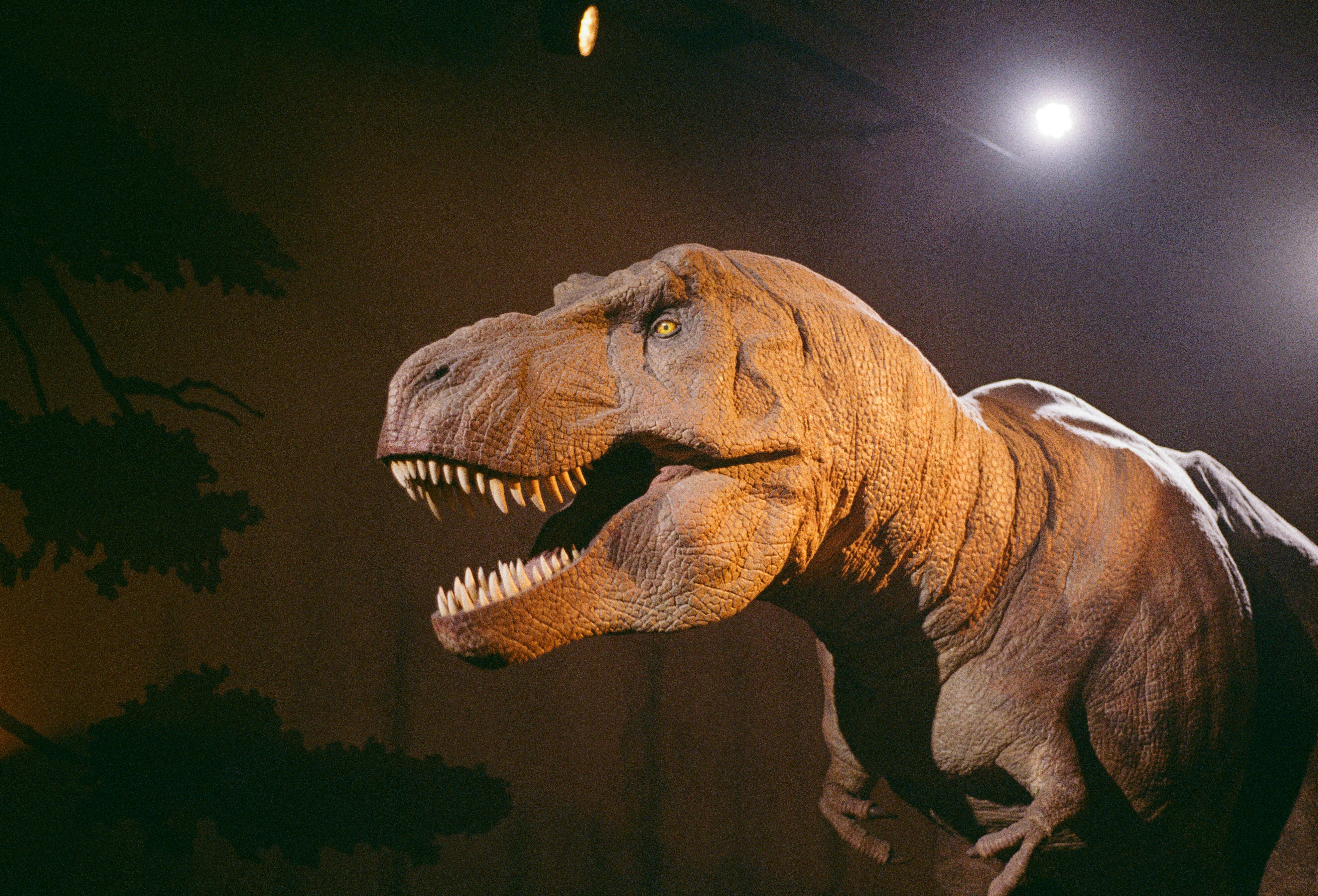
Decades later, as the researchers discovered more information about them, the drawings were modified, trying to make them more realistic. So the depictions look like this now. Dinosaur fossils have been found by palaeontologists all over the world now. Currently, over 10,000 fossil specie of dinosaurs were determined. More than 900 types are identified, and perhaps you are excited to find more fossils. What is surprising though, is from 2003 up to 2022, about 45 new species of dinosaurs are said to be found each year. The list does not seem to be completed by palaeontologists yet. Look at the photos of the new species of dinosaurs discovered last year. Of them, this is a bizarre dinosaur discovered in Chile, with a weapon that looks like a blade on its tail and a beak for a mouth. It was named Stegouros Elengassen.
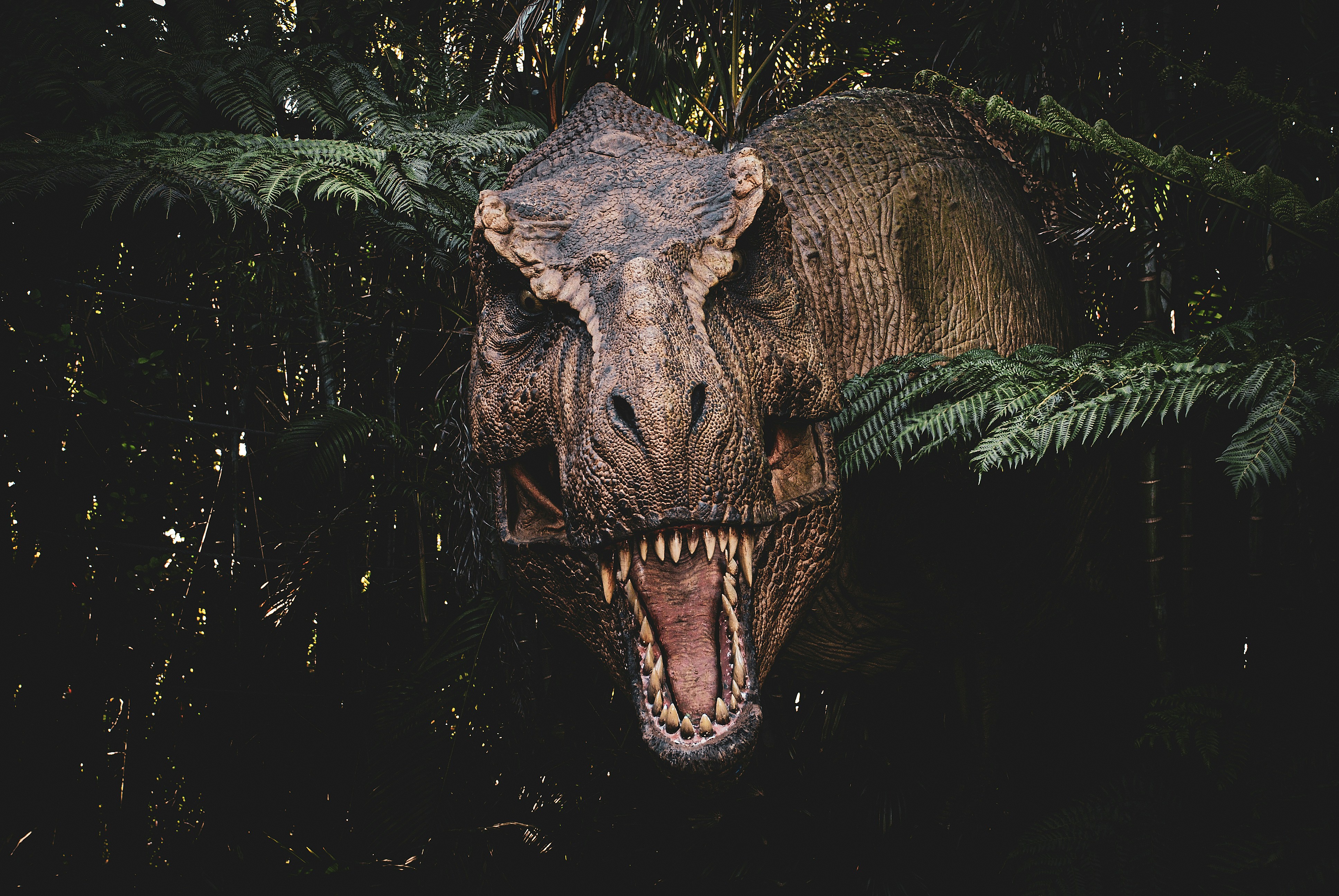
Overall, we know a lot about dinosaurs today. But come, let’s start this story at the beginning. Let’s dive into the past. Millions of years ago. Scientists estimate that the first dinosaur emerged about 230-240 million years ago because the oldest dinosaur fossils that we have found till now are from 231.4 million years ago in Africa.
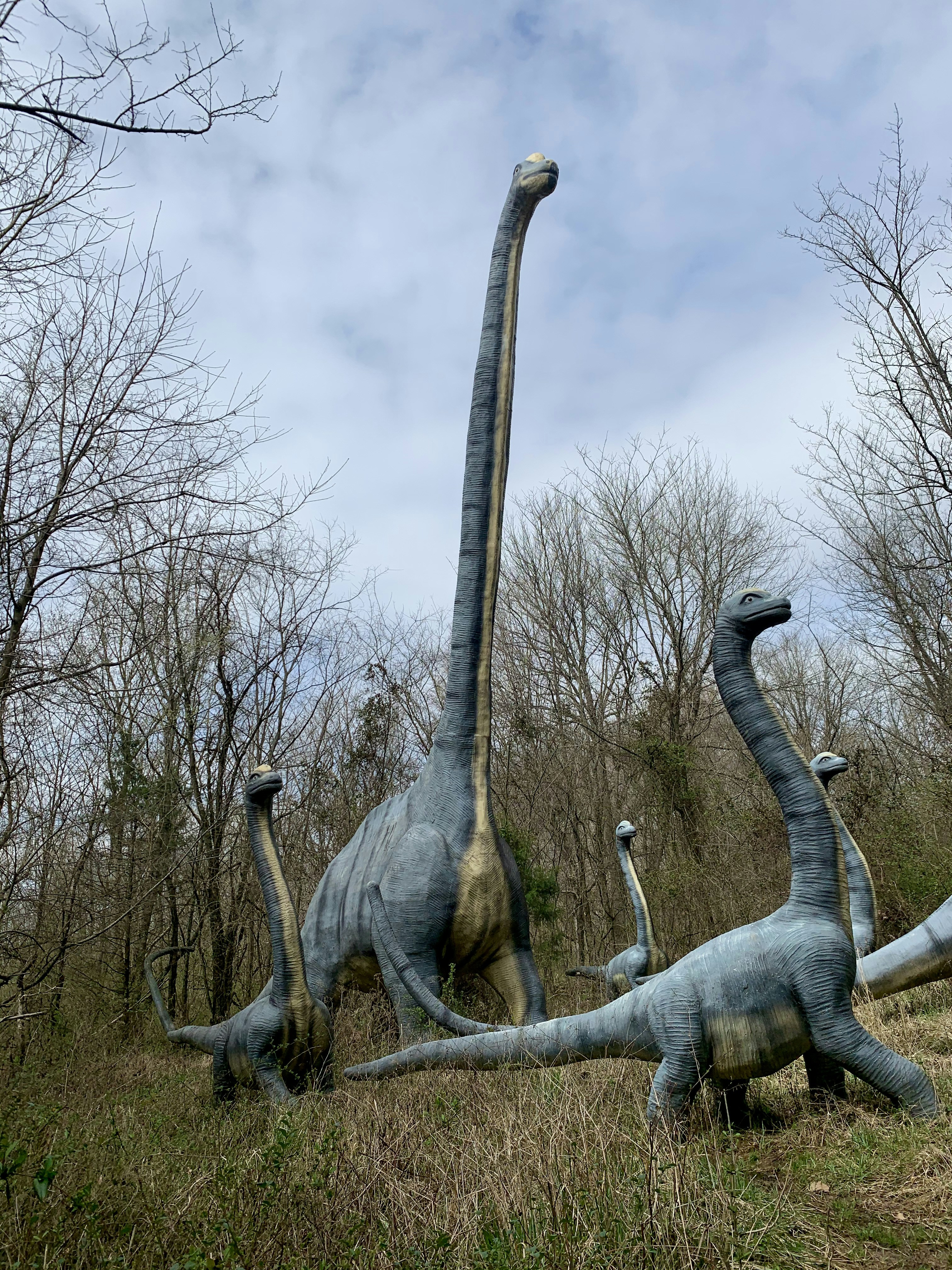
Back then, Earth was much different than it is today. The continents that you see now, Asia, Africa, Australia, Europe, were all joined together. There was only one supercontinent that we call Pangaea. Scientists believe that Pangaea looked somewhat like this. You can even see the placement of the continents that we know.
Then the climate of Earth was dry and arid with only a little rain. This time period has been named the Triassic Period, the era when the dinosaurs had started emerging. Dinosaurs were slowly populating the Earth due to evolution. The dinosaurs of this era aren’t anything like the ones you imagine. They were quite small in size. The common dinosaurs of the time were generally around 2 meters long only.
For example, Eoraptor was a dinosaur that existed in that period. In fact, this dinosaur is known as the ancestor of other dinosaurs. The dominant animals of the era were giant reptiles. Some of these reptiles looked cute, like this one, that’s believed to be the ancestor of all turtles.
With time, Earth started changing. 201 million years ago, the Triassic period ended when Earth’s climate changed suddenly. The Pangaea started breaking apart. Although I am using the word ‘suddenly,’ it didn’t happen in a day or two. It was relatively sudden. In the time scale of millions of years, it happened gradually over thousands of years.
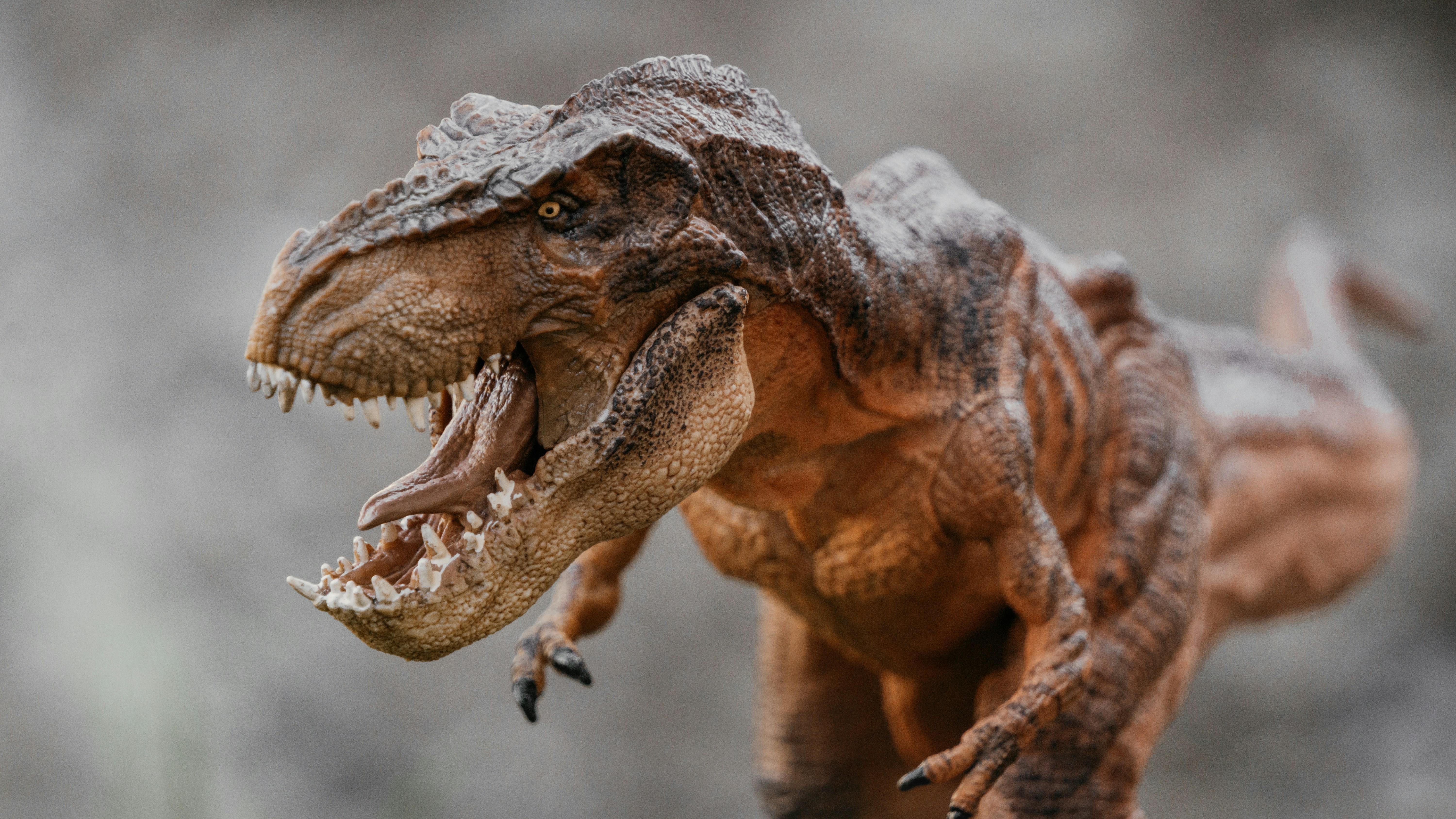
The supercontinent cracked. Enormous volcanic eruptions were going both on and around the fractures. Due to these enormous scale volcanic eruptions, enormous mounts of carbon dioxide and sulphur dioxide were released into the atmosphere. This led to extreme global warming. In return, when the sulphur dioxides and aerosols entered the atmosphere, it made the sun dim and cooler. Acidification of the oceans began with the introduction of carbon dioxide and sulphur dioxide in water. The acidity of the ocean water increased. The climate was changing rapidly, and survival became difficult for the animals that existed. Most reptiles and other species back then were cold-blooded animals. They couldn’t withstand the temperature changes.
But the dinosaurs were warm-blooded like human beings. It was easier for the dinosaurs to tolerate the changes in temperature. The volcanic eruptions and climate changes continues for about 600,000 years. Because of this nearly all other species became extinct. The only animals remaining on Earth were the dinosaurs, crocodiles, turtles, and early mammals. This event is known as the Triassic-Jurassic Extinction Event.As I said, after this, the Triassic period ended and the Jurassic period began. If you hear this name, you might know which movies are inspired by this name of Jurassic Park films. This Jurassic refers to the name for this Jurassic Period. The Jurassic period existed from 201 million ago to 145 million years ago. In this time, dinosaurs emerged in Earth as the most powerful species.

Over time, some of them became rather large in size, such as some of the first Titanosaurus. They lived around 160 million years ago. Each of them weighed up to 15,000 kg and could be up to 15 meters long. Some other iconic dinosaurs of the time were the Brachiosaurus, mass herbivore from the Jurassic forest, with heights reaching to 13 meters above other living things. These gentle giants thrived because of the luscious vegetation which warm and humid climate offered during the period of the Jurassic.
There was another dinosaur of this epoch-the infamous Stegosaurus, recognizable for its distinctive back plates and spiked tail, used as an element for defense. Though impressive, it has been proved to be a creature that fed on plants and roamed quite peacefully along the banks of what is now North America.
But, again, time kept passing. The continents kept moving apart step by step, slowly like their actual positions today. Jurassic ended and Cretaceous began, holding ground from 145 to 66 million years back. In that epoch, some of the most feared and magnificent predators roamed the earth: the Tyrannosaurus rex, the Velociraptor, and the Triceratops.
Dinosaurs proved to be dominant during the time of Cretaceous, they learned how to grow up and adapt to absolutely every environment. They maintained their dominance over the land and other beasts, with flying reptiles like Pterosaurs crowning the sky and marine reptiles such as the Mosasaurus, Plesiosaurs ruling over the oceans.
But then, approximately 66 million years ago, it all went to hell. A 10 kilometer diameter asteroid hit Earth near what is now the Yucatán Peninsula in Mexico. The impact marked off a catastrophic chain of events, throwing wildfires and tsunamis and spewing forth a “nuclear winter,” with dust and debris blocking the sun for months or even years.
The extinction that came along as a consequence of the Cretaceous-Paleogene saw the extinction of 75% of the species present on earth, and this was including all non-avian dinosaurs. There existed only small, changeable creatures, including mammals, birds, and reptiles. After the end of the era with dinosaurs, time to those mammals came ahead, and finally humans emerged.
So it was with the reign of the dinosaurs, that lasted over 170 million years. Their fossils remind us of this world long gone, where these incredible creatures dominated Earth’s land.
And that’s all about dinosaurs. Thanks for your company in this journey through the ages!
















